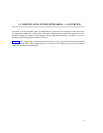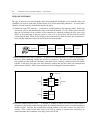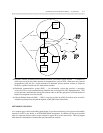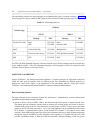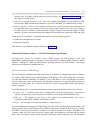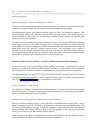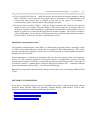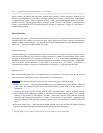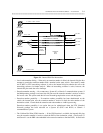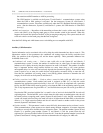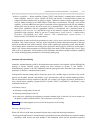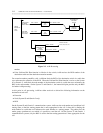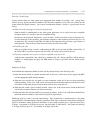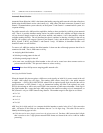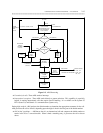2-8 COMMUNICATION SYSTEM NETWORKING — AN OVERVIEW
_ ___________________________________________________________________________________________________________________________
_ ___________________________________________________________________________________________________________________________
_ ___________________________________________________________________________________________________________________________
On all switches, the internal dial plan comes with the basic software. On the DIMENSION, System 85, and
Generic 2 communications system, ARS is provided with the basic software; on the System 75 and Generic
1 communications system, ARS is a separate offering. AAR is provided through the Uniform Dial Plan*
(UDP) and Private Network Access (PNA) packages on the System 75 and Generic 1 communications
systems, and through the ETN (Standard Network) package on DIMENSION, System 85, and Generic 2
communication systems.
Internal Dial Plan
The internal dial plan is a set of databases that allow the switch to recognize the extensions of its own
terminals and to cross-reference dial access codes to trunks, feature access codes to features, and extension
numbers to RNX or node numbers. It is through the dial plan databases that the switch determines how to
route a call — directly to a trunk, to ARS, or to AAR.
Uniform Numbering
Uniform numbering is a networking feature that gives each station or terminal a unique number (location
code) that can be dialed by any switch user in the network and is identical in format across all the stations
or terminals in the network. For example, an ETN may use a 5-, 6-, or 7-digit uniform numbering plan, but
the numbering plan selected must be consistent throughout the network. For most networks, a 3-digit RNX
code is used; for smaller networks, a 2-digit RNX code may be used. (If a System 75 or Generic 1
communications system is a tandem switch anywhere in the network, a 7-digit plan must be used.)
Routing the Call
How the internal dial plan routes a call depends upon the software that is enabled on the switch, how the
software has been administered, and the configuration of the dialed number.
Figure 2-1 shows how the internal dial plan analyzes the following types of dialed numbers:
• Feature access codes — When the dialed number starts with a feature access code (like 9 for ARS, and
8 for AAR), the internal code plan passes the dialed number to either ARS or AAR, whichever is
appropriate.
Feature-access-code recognition comes with the ARS and AAR features. ARS is delivered with the
basic software on the DIMENSION, System 85, and Generic 2 communications systems; it is a separate
offering on the System 75 and Generic 1 systems. AAR comes with the ETN (Standard Network)
package on the System 85 and Generic 2 systems. On the System 75 and Generic 1, although AAR
comes with both the UDP and PNA packages, feature access code recognition is available only with
PNA.
• Extension number only — When the dialed number consists only of an extension, the internal dial plan
performs the following depending upon the dialing convention that it recognizes:
__________________
* The UDP package accesses AAR, but AAR cannot be accessed via a feature access code without PNA.




